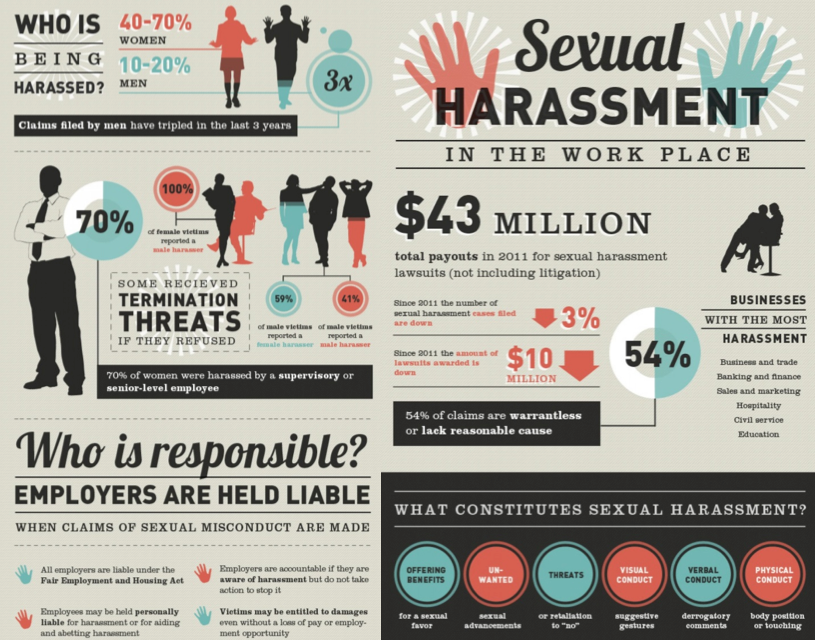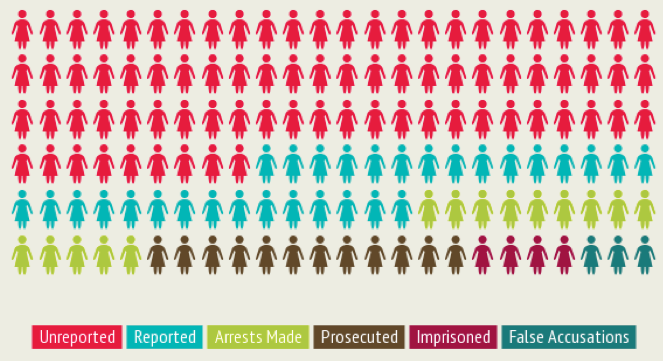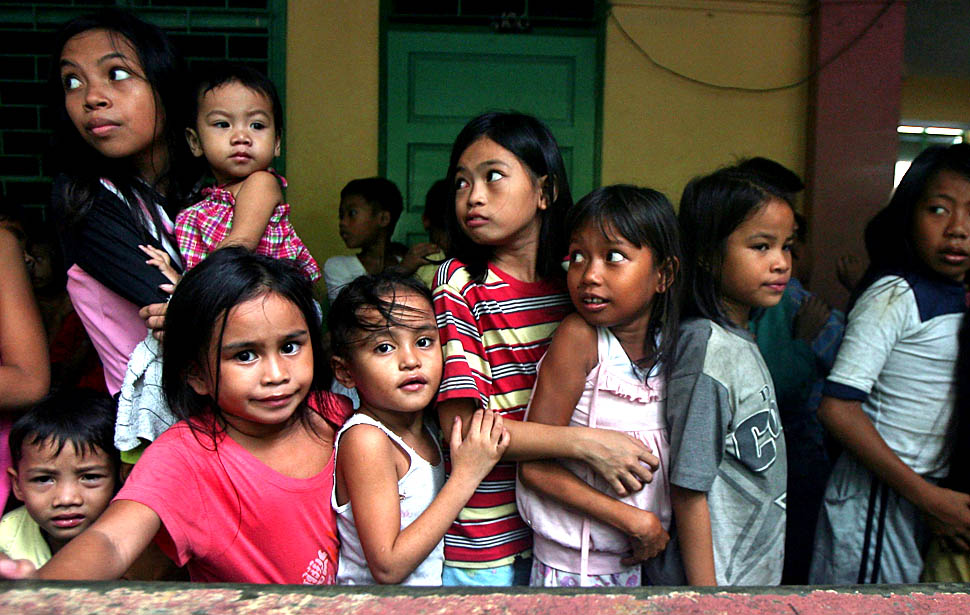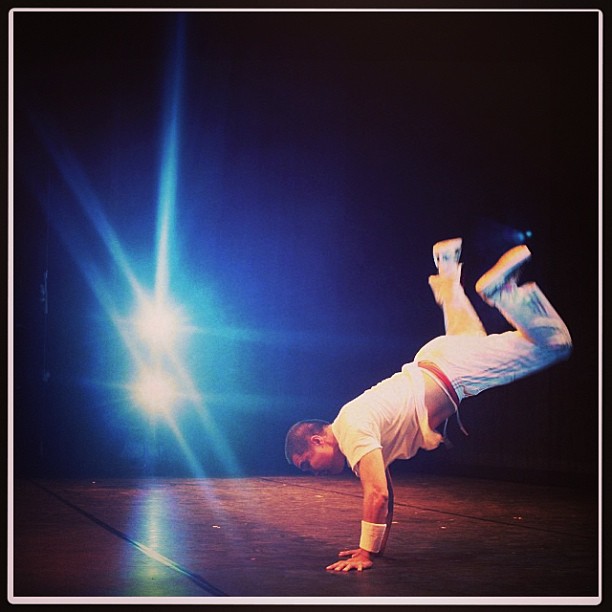By Noel Aglubat, guest contributor Sexism is everywhere and happens all the time. In the school or office setting, sexism can get you fired or expelled or at least reprimanded (an action which shows a level of tolerance).
In a bar setting and beyond, men objectify women, as something to be had, something to be won, something to be conquered. Sexism in a party scene breeds an uglier crime: unsolicited physical contact, or in other words, sexual harassment. I was aware of how we men treat women in the party scene. Awareness, however, doesn’t equate with empathy and the divide between the two wasn’t clear to me until recently.
Last weekend, I went out for drinks in the East Village with my good friend, my “bro,” who wanted to show me the neighborhood bars. Since I had moved to the area relatively recently, I hadn’t yet had a chance to explore the local bars on my own. We arrived at one of them, sat at the bar and ordered a round of drinks. My friend struck up an interesting conversation with the woman, who was with a group of friends, next to him. For all intents and purposes let's call her Rachel and my friend Ryan.
"Hi," said Rachel.
"Hi," replied Ryan.
"No, you can’t f*** me," she stated bluntly.
Yes, that is, word for word, how the conversation began. In an effort to alleviate the awkward tension in the air, Ryan continued the small talk, but it was downhill from the very beginning. Rachel remained aggressive and hostile. I knew this was not going to end well, so I decided to intervene before it got worse.
"Excuse me, ladies. If my friend offended you, that was not his intention. Let me buy you a round of drinks as an apology and we’ll be on our way," I offered with sincerity. Rachel then responded with the following.
"You’re cute. But you look a little gay. I bet you can’t f*** me either. Let me check."
At this point I’m at a loss for words, unaware of her hand swooping towards my genitals. She grabbed my crotch, and I backed up. She persisted. Rachel and her friend, in tandem, isolated me from Ryan. They asked me to go dancing, to party on her AMEX.
“I got money. We can go skiing in Wyoming,” she said. It was in that moment when I realized this is how many of us treat women when we “hit” on them. We isolate them, belittle their person and touch them when unsolicited. I declined her offer and escaped from the bar with Ryan as quickly as possible.
What is interesting is the range of reactions I got when I told this story to my friends. My male friends called me a b**** and a p*****. In my attempt to save face, I told them I was uninterested and just saving Private Ryan. Still, they insisted that I was a b**** and that I should have “manned up.”
The feminist blogger/writer Jessica Valenti once stated,
“The worst thing you can call a girl is a girl. The worst thing you can call a guy is a girl. Being a woman is the ultimate insult. Now tell me that’s not royally f***ed up.”
Ms. Valenti articulates my second realization: even our insults put down women by normalizing them as insults.
I told this story to my female friends and some suggested that I could sue Rachel. But taking legal action for an ill encounter at a bar? The realist in me said it’s highly unlikely anything would come out of going to the police, and besides, nothing terribly awful happened. Then, I had my third epiphany: this is what women go through all the time. They are often abused both verbally and physically and some take no action because it is the norm that society has led us to accept.
I’m not saying that I am a perfect person, because I'm not. I don't claim to have never made sexist comments, because I have. But due to that incident, I will be more aware of how I treat women, whether I am around them or not.
If you read through some of the stories in theeverydaysexism project, you will see how women experience sexism constantly. The topics vary, from so-called jokes and catcalling stereotypes, to accounts of rape and the subsequent victim blaming. However, women are not objects nor are they categories (NSFW). Let us step down from the pedestal of privilege that we have built over centuries of sexism, stop promoting patriarchy and truly strive to attain our celebrated ideal of equality.
--
Noel Aglubat, 25, was born and raised in Queens, NY. He is a civil engineer at the Federal Energy Regulatory Commission. He graduated from NYU-Poly with an M.S. in Structural Engineering in 2013, and a B.S. in Civil Engineering in 2010. He joined the UniPro staff as a member of the Summit team in May 2013. Noel also volunteers with Advancement for Rural Kids (ARK) to help rebuild schools on Panay Island in the Western Visayas. He likes to play paintball, piano and bass guitar, and is gearing up to complete the NYC marathon this year.
Infographics designed by: Highrank websites Inc. Sources: 1, 2, 3










 Kilusan Bautista looks as comfortable on stage as others would be in their living rooms. His voice rises up and down in rhythmic acrobatics: flipping sounds into the air, letting stories free fall, catching each word in his natural cadence. He presses the microphone to his lips so that each “p” sound punches the air.
Kilusan Bautista looks as comfortable on stage as others would be in their living rooms. His voice rises up and down in rhythmic acrobatics: flipping sounds into the air, letting stories free fall, catching each word in his natural cadence. He presses the microphone to his lips so that each “p” sound punches the air.